The study of mitochondrial DNA (mtDNA) mutations and their accumulation over time has emerged as a crucial area of research in understanding aging, disease, and evolutionary biology. Unlike nuclear DNA, mitochondrial DNA is more susceptible to mutations due to its proximity to reactive oxygen species (ROS) generated during oxidative phosphorylation. This vulnerability has led scientists to develop models that explain how these mutations accumulate and what implications they hold for cellular function and organismal health.
The foundation of mtDNA mutation accumulation lies in the unique characteristics of mitochondria. These organelles, often referred to as the powerhouses of the cell, possess their own genetic material, which is circular and lacks the protective histones found in nuclear DNA. Additionally, mtDNA has a higher mutation rate because DNA repair mechanisms in mitochondria are less efficient compared to those in the nucleus. Over time, these factors contribute to the gradual buildup of mutations, which can impair mitochondrial function and, by extension, cellular energy production.
One of the most widely discussed models for mtDNA mutation accumulation is the mitochondrial theory of aging. This theory posits that as mutations accumulate, mitochondrial efficiency declines, leading to increased ROS production. This creates a vicious cycle where higher ROS levels cause further DNA damage, accelerating the mutation rate. The result is a progressive decline in cellular function, which manifests as aging and age-related diseases. Research has shown correlations between high mtDNA mutation loads and conditions such as neurodegenerative disorders, cardiovascular diseases, and metabolic syndromes.
Another critical aspect of mtDNA mutation accumulation is its role in disease progression. Certain mutations are known to cause mitochondrial diseases, a group of disorders that primarily affect tissues with high energy demands, such as the brain, muscles, and heart. These diseases often present with a wide range of symptoms, making diagnosis challenging. The heteroplasmic nature of mtDNA—where mutated and normal DNA coexist within cells—adds another layer of complexity. The proportion of mutated mtDNA must exceed a certain threshold before clinical symptoms appear, and this threshold varies depending on the tissue and the specific mutation involved.
Recent advancements in sequencing technologies have allowed researchers to explore mtDNA mutations with unprecedented precision. Studies have revealed that mutations are not uniformly distributed across tissues or individuals. Some tissues, like those in the brain and muscles, tend to accumulate mutations faster due to their high metabolic activity. Similarly, environmental factors such as exposure to toxins, radiation, or poor diet can exacerbate mutation rates. These findings underscore the importance of considering both genetic and environmental influences when studying mtDNA mutation accumulation.
The implications of mtDNA mutations extend beyond individual health. Evolutionary biologists are interested in how these mutations propagate through generations. Since mitochondria are maternally inherited, mtDNA mutations can provide insights into human migration patterns and population genetics. However, the high mutation rate also means that mtDNA can act as a double-edged sword—while it offers a rich source of genetic variation for evolutionary studies, it also poses risks for the transmission of debilitating diseases.
Despite significant progress, many questions remain unanswered. For instance, why do some individuals with high mtDNA mutation loads remain asymptomatic, while others with relatively few mutations develop severe diseases? Researchers speculate that nuclear DNA interactions, epigenetic modifications, and compensatory cellular mechanisms may play protective roles. Unraveling these mysteries could pave the way for targeted therapies aimed at mitigating the effects of harmful mtDNA mutations.
In the realm of medicine, there is growing interest in developing interventions to slow or reverse mtDNA mutation accumulation. Approaches such as antioxidant therapies, mitochondrial replacement techniques, and gene editing tools like CRISPR-Cas9 are being explored. While these methods hold promise, ethical and technical challenges must be addressed before they can be widely implemented. For now, the focus remains on understanding the fundamental mechanisms driving mtDNA mutation accumulation and its broader biological consequences.
As research continues to evolve, the mtDNA mutation accumulation model serves as a reminder of the delicate balance between genetic integrity and cellular dysfunction. Whether in the context of aging, disease, or evolution, the study of mitochondrial DNA mutations offers a window into the intricate workings of life at the molecular level. The insights gained from this research not only deepen our understanding of human biology but also open new avenues for therapeutic innovation.

By Thomas Roberts/Apr 19, 2025

By Michael Brown/Apr 19, 2025
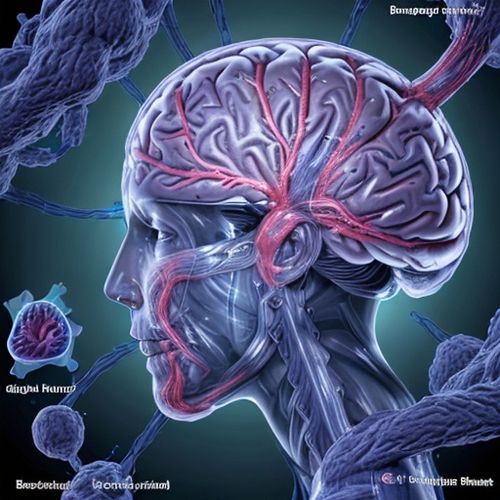
By Victoria Gonzalez/Apr 19, 2025

By Benjamin Evans/Apr 19, 2025

By Eric Ward/Apr 19, 2025

By Emily Johnson/Apr 19, 2025

By David Anderson/Apr 19, 2025

By Olivia Reed/Apr 19, 2025
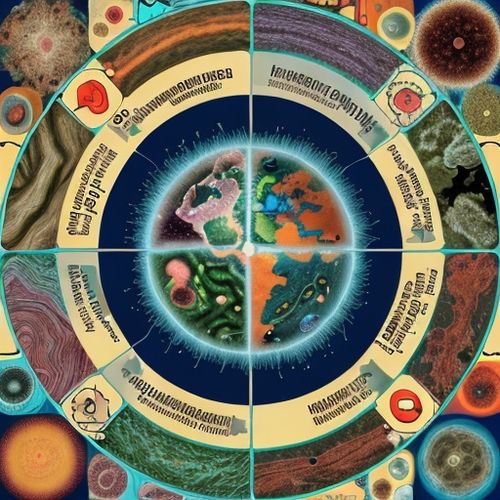
By Emma Thompson/Apr 19, 2025

By William Miller/Apr 19, 2025
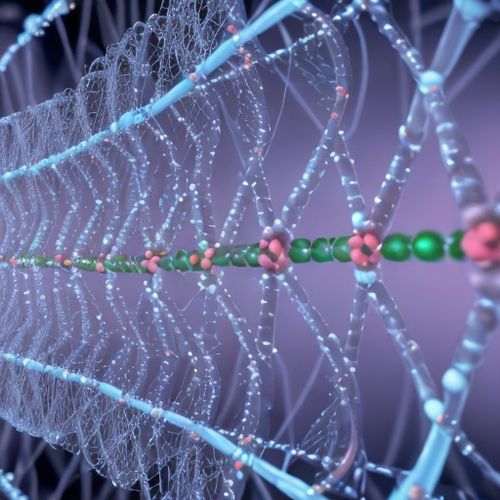
By Laura Wilson/Apr 19, 2025

By Emma Thompson/Apr 19, 2025

By John Smith/Apr 19, 2025

By John Smith/Apr 19, 2025
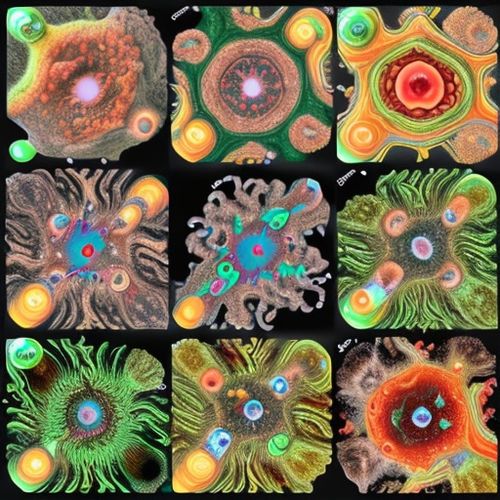
By James Moore/Apr 19, 2025
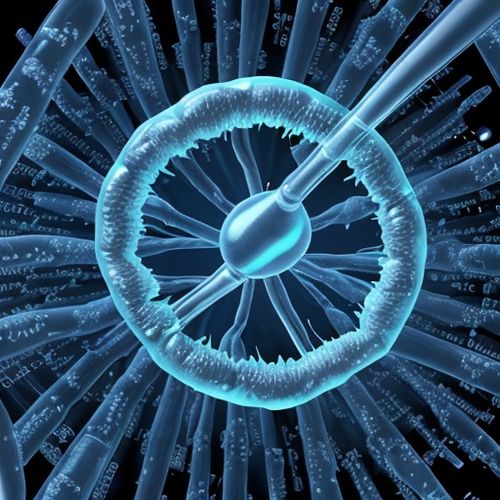
By Michael Brown/Apr 19, 2025

By John Smith/Apr 19, 2025

By Noah Bell/Apr 19, 2025

By Emma Thompson/Apr 19, 2025

By Benjamin Evans/Apr 19, 2025